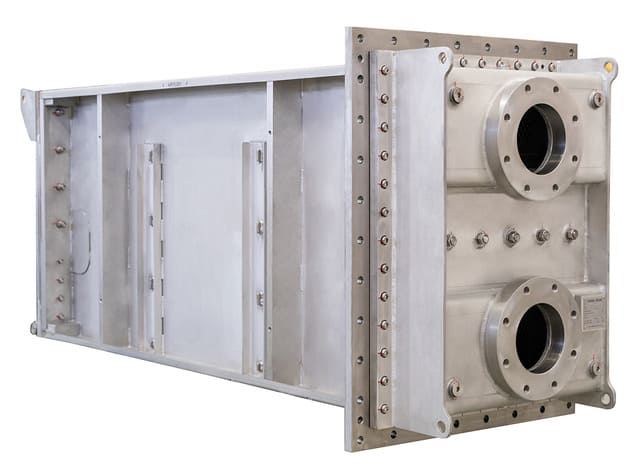
Modern vehicles are increasingly designed with systems that reduce harmful emissions, improve efficiency, and comply with environmental regulations. One of the most important of these systems is the Exhaust Gas Recirculation (EGR) system. While the average driver may not think much about it, the EGR system plays a key role in keeping both the vehicle and the environment healthier.
What is the EGR System?
The EGR system is designed to recirculate a portion of a vehicle’s exhaust gases back into the engine’s intake. This process helps to reduce the amount of nitrogen oxide (NOx) emissions, which are a major contributor to air pollution. By cooling and mixing a controlled amount of exhaust gas with fresh air before it enters the combustion chamber, the system lowers combustion temperatures and limits the conditions that create high NOx levels.
How the EGR System Works
The operation of the EGR system is a balance of precision and timing. At certain points during engine operation, the EGR valve opens to allow exhaust gases to flow into the intake manifold. Sensors and the vehicle’s electronic control unit (ECU) work together to ensure that the right amount of exhaust gas is reintroduced without affecting performance. Too little EGR flow and emissions remain high; too much and the engine can suffer from reduced power or rough running.
Benefits of the EGR System
One of the main benefits of the EGR system is its environmental impact. By reducing NOx emissions, it contributes to cleaner air and helps vehicles meet stringent emissions standards. It can also lead to improved fuel efficiency under certain conditions, as lower combustion temperatures can reduce energy losses. Additionally, the EGR system can help prolong engine life by reducing the risk of detonation, a harmful condition caused by excessive combustion temperatures.
Common Issues with EGR Systems
While the EGR system is vital, it is also prone to issues over time. One of the most common problems is the build-up of carbon deposits. These deposits can block the EGR valve or cooler, leading to restricted gas flow and reduced efficiency. Symptoms of EGR issues can include poor fuel economy, rough idling, engine knocking, and even the illumination of the check engine light. In severe cases, a blocked system can cause significant performance loss.
Maintenance and Cleaning
Regular maintenance is essential to keep the EGR system functioning properly. Many garages recommend periodic inspection and cleaning of the EGR valve and cooler. Cleaning helps remove carbon build-up and restores proper flow. In some cases, parts may need to be replaced entirely if they have been damaged or are beyond cleaning. Using high-quality fuel and ensuring the engine is running at optimal conditions can also help minimise carbon accumulation.
The Importance of the EGR Cooler
A crucial component of the system is the EGR cooler. This part is responsible for cooling the recirculated exhaust gases before they re-enter the engine. By lowering the temperature of the exhaust gases, the cooler ensures that combustion temperatures remain controlled, further reducing NOx emissions. Without effective cooling, the EGR system would not be able to perform its role as efficiently, and the risk of engine damage from excessive heat would increase.
When to Replace or Repair
Over time, an EGR cooler can become clogged or develop leaks. Signs of a failing cooler can include loss of coolant, white smoke from the exhaust, or a noticeable drop in engine performance. In some cases, a leaking cooler can allow coolant to enter the exhaust system, leading to more serious engine problems if not addressed promptly. Timely replacement or repair not only restores system efficiency but also protects other critical engine components from damage.
Choosing the Right Parts
When replacing an egr cooler, it is important to choose parts that meet or exceed the original manufacturer’s specifications. High-quality components will offer better durability, improved cooling efficiency, and longer service life. For professional installations, it is always best to use a reputable garage or mechanic with experience in emissions systems to ensure proper fitment and performance.
Conclusion
The EGR system may not be the most talked-about part of a vehicle, but its role in reducing emissions and maintaining efficient engine performance is essential. Understanding how it works, recognising the signs of trouble, and keeping up with regular maintenance can save money, prevent breakdowns, and keep a vehicle running cleaner for longer. Whether it’s cleaning components or replacing parts such as the EGR cooler, investing in this system is an investment in both your car’s health and the environment.